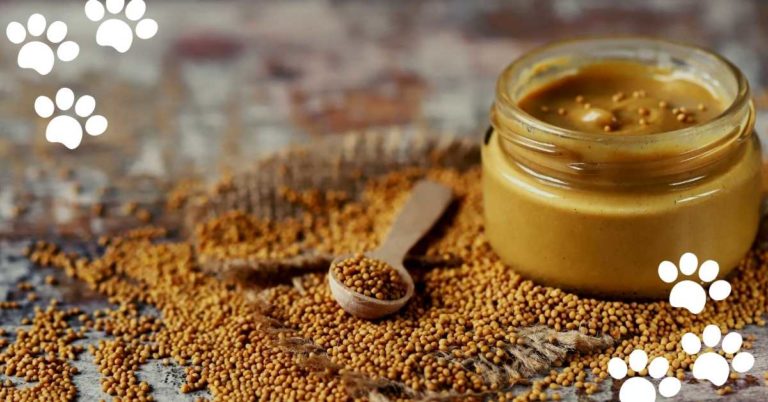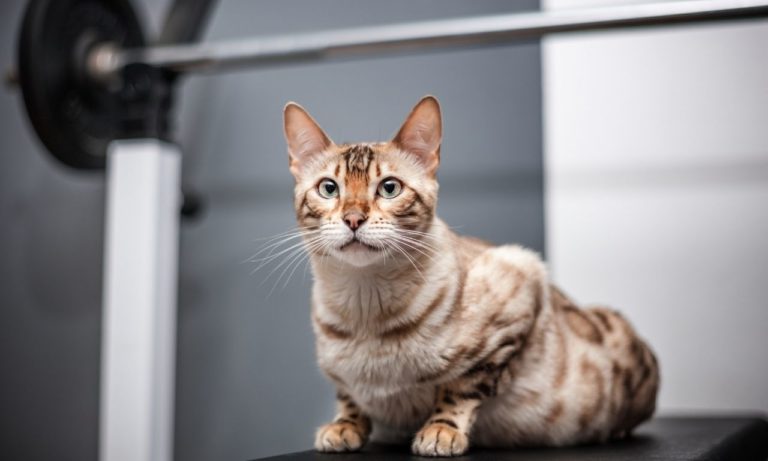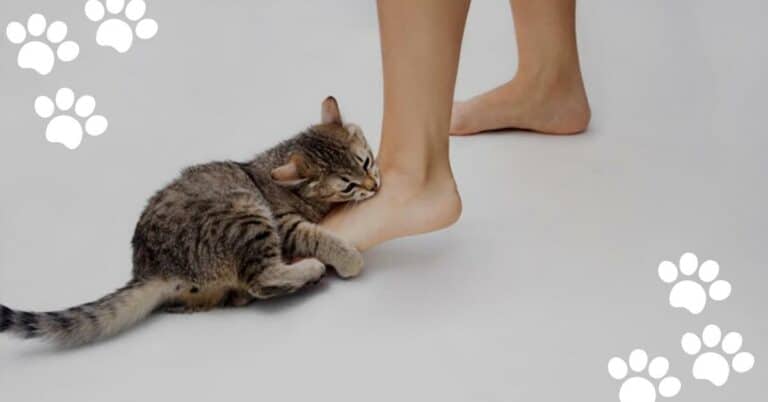Are Bay Leaves Toxic To Cats? (Symptoms & Treatments)
Yes, bay leaves can be toxic to cats. The oils present in bay leaves contain a compound called eugenol, which is dangerous for cats when ingested.
Besides causing sickness and gastrointestinal issues, the consumption of bay leaves can also lead to liver damage in cats. Many cats are attracted to the pungent smell of bay leaves, which is why it’s important for pet owners to be aware of the potential dangers associated with this herb.
Here in this blog post, I’ll talk about the potential risks of bay leaves and provide some tips on how to protect your cat from any exposure. I’ll also discuss what pet owners should do if their cat has ingested any bay leaves. So, keep reading to learn more about the risks of bay leaves for cats.
4 Reasons Why Bay Leaves Can be Toxic to Cats
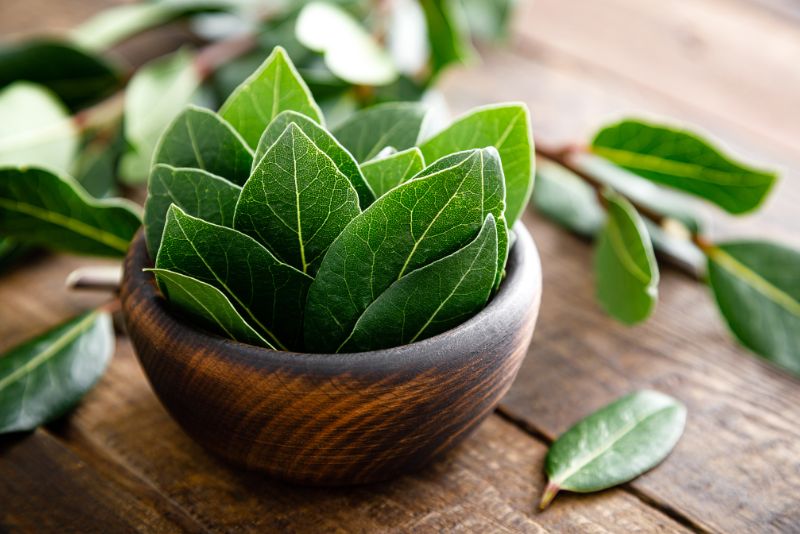
Here I’ll try to explain why bay leaves can be toxic to cats.
1. The Essential Oils
The primary reason why bay leaves can be toxic to cats is that they contain essential oils which are highly concentrated. These essential oils contain the compound eugenol, which is toxic to cats when ingested.
2. Attractive Aroma
Another factor that makes bay leaves dangerous to cats is their attractive aroma. Cats are more likely to be drawn toward the pungent smell of bay leaves, and this can result in them ingesting the herb.
3. Potential Risk of Liver Damage
The most serious risk associated with cats consuming bay leaves is potential liver damage. If a cat consumes enough eugenol from bay leaves, it can affect their liver and potentially cause serious health problems.
4. Gastrointestinal Issues
In addition to the potential risk of liver damage, cats who consume bay leaves may also experience gastrointestinal issues such as nausea, vomiting and diarrhea.
Diagnosis of Bay Leaves Poisoning in Cats
If your cat has been exposed to bay leaves, it is critical to check for symptoms of poisoning. If you are unsure of how many bay leaves your cat ate, look out for changes in behavior.
Changes in behavior will help you make a faster decision about what to do next and give your vet more accurate information for diagnosis.
1. Behavioral or Physical Diagnosis
After your cat ingests bay leaves, you will likely see a change in behavior and physical symptoms within 24 hours. But, my experience shows that it is much quicker than that.
Symptoms of Bay Leaves Poisoning in Cats
The symptoms of bay leaves poisoning in cats can include the following:
- If your cat in pain by ingesting bay leaves, he will cry out or act more irritable than normal.
- Appetite loss and vomiting are some of the most common symptoms.
- If the bay leaves were highly concentrated, your cat might experience more severe symptoms such as seizures or coma.
- Your cat may also become lethargic and weak due to the toxins in the bay leaves.
- In some cases, your cat’s skin can turn discolored if the liver has been damaged.
It is important to note that these symptoms can also indicate other health issues, so it’s best to seek medical advice from a veterinarian as soon as possible if you suspect your cat has eaten any bay leaves.
2. Medical Diagnosis
If you suspect your cat has been poisoned, it’s important to take him to the vet as soon as possible. Your vet may attempt to induce vomiting or give him activated charcoal to absorb any remaining toxins.
Your vet will also likely check your cat’s blood and urine for elevated levels of eugenol, which is the compound found in bay leaves that can be toxic to cats. Additionally, your veterinarian may run other tests depending on the severity of the poisoning.
First Aid and Treat Your Cat if They Ate Bay Leaves
Take your pet to the vet as soon as possible if you think they’ve been poisoned. In the meantime, here are some steps you can do for first aid treatment.
1. First Aid Treatment
Here I’ll try to explain the first aid treatment for cats who may have ingested bay leaves.
- Put hand gloves on, and pick up the cat.
- Try to inspect his mouth for any leaves or pieces stuck in his teeth. Make sure there aren’t any pieces of the leaves left in his mouth.
- Give your cat plenty of water, and rinse out his mouth with a wet cloth to remove any remaining pieces.
- Monitor your cat for any changes in behavior or physical condition like vomiting, diarrhea, lethargy, etc.
2. Emergency Care
It’s crucial that you take your cat to the vet immediately after administering first aid at home. Here I’ll discuss emergency care and medicine for a feline who has ingested toxic bay leaves.
| Medicines | Dosage | Purpose |
|---|---|---|
| Amoxicillin | 2.5 mg/lb every 12 hours | To treat bacterial infections |
| Metoclopramide | 0.22 to 0.45 mg/lb every 8 to 12 hours | To reduce nausea and vomiting |
| Diphenhydramine (Benadryl) | 1 to 2 mg/lb every 8 to 12 hours | To reduce inflammation |
| Activated Charcoal | 2.5 to 20 mg/kg by mouth | To absorb toxins in the system |
| Vitamin K1 | 3-10mg daily for 5-7 days | To help with clotting |
Keep in mind that you should always speak with your veterinarian before giving your pet any medication! Note that this article is for informational purposes only and is not meant to be professional medical advice.
3. Long-Term Care
Long-term care and monitoring are necessary after your cat has been poisoned with bay leaves. Monitor your cat’s behavior and physical condition for at least one week.
Continue giving him his regular meals, but make sure he is drinking plenty of water to help flush out any remaining toxins.
Take him to the vet for regular checkups and blood tests to ensure that the toxins have been fully eliminated from his system.
Monitor food and water consumption, as well as general activity levels to make sure he is recovering properly. If your cat experiences any changes in behavior or physical condition during this time, contact your veterinarian immediately.
Recovery Stage for Cats Who Ate Bay Leaves
The recovery stages for cats who have ingested bay leaves will vary depending on the number of leaves consumed and how quickly the cat was brought to the vet.
However, typically cats who have been poisoned will be monitored by a veterinarian for at least one week to ensure that all of the toxins have been eliminated from their system. After this time period, most cats should then gradually get back to their normal routine and activity levels.
It is important that you monitor your cat closely during this time period, and contact your veterinarian if you notice any changes in behavior or physical condition.
Preventing Bay Leaves Poisoning in Cats
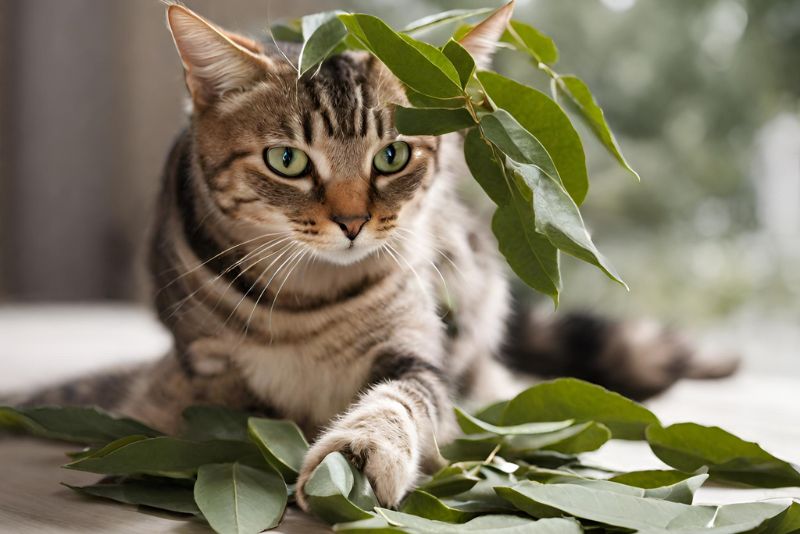
Now that you know the dangers of bay leaves to cats, it’s time to take some precautionary measures. Here are a few things you can do to help keep your cat safe from this poisonous plant.
1. Keep Bay Leaves Away From Your Cat
The best way to prevent bay leaf poisoning in cats is by keeping the plant away from your pet. Make sure to store the bay leaves in sealed containers or bags, away from your cat’s reach.
2. Teach Your Cat to Avoid Plants
It’s also important to teach your cat not to eat plants. Letting them nibble on safe and non-toxic plants like grass can help educate them that plants are usually off-limits.
3. Monitor Your Cat During Walks
If your cat goes outdoors, be sure to keep an eye on them when they’re outside. Make sure to stay away from areas where bay leaves may be growing, and if you spot any plants that look like bay leaves, move your cat away immediately.
4. Visit the Vet For Regular Checkups
Regular checkups and physical exams are important for all cats, especially those who have been exposed to potentially toxic plants. Be sure to take your cat for regular visits to the vet so that any health concerns can be addressed in a timely manner.
5. Talk To Your Vet About Medication
Your veterinarian may also recommend certain medications to help your cat if they show signs of poisoning. Make sure to discuss any medications with your vet before giving them to your pet.
Following these simple steps can help keep your cat safe from the dangers of bay leaves and other poisonous plants. Remember, prevention is always better than cure!
My Final Thoughts
Bay leaves can be dangerous for cats if ingested, so it is important to take the necessary steps to keep your pet safe. Monitor your cat closely for any signs of poisoning, and if you notice any changes in behavior or physical condition, contact your veterinarian immediately.
Taking precautionary measures such as storing bay leaves away from your cat’s reach, teaching your cat to stay away from plants, and visiting the vet for regular checkups are also important steps to take in order to keep your cat safe from harm.
I hope this article has been helpful in teaching you about the dangers of bay leaves to cats and how to prevent them from being poisoned. Thank you for reading!


